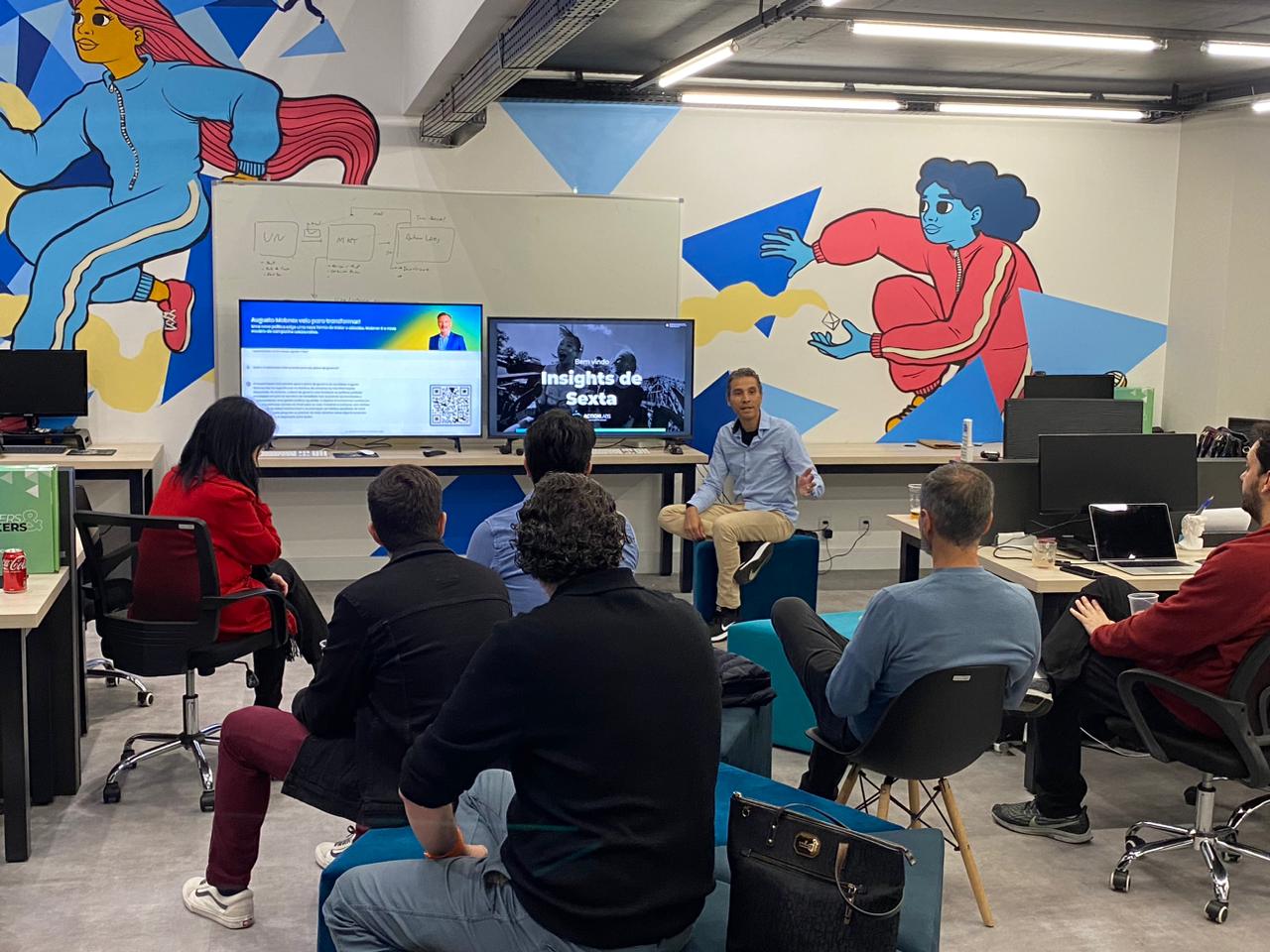This is still a prevalent question in several economy sectors in Brazil
“Innovating is expensive.” “Return is only for the long term.” “Only big companies have financial conditions to innovate.” “I cannot see how I can innovate in my company.” These are some of the most frequent complaints when the subject is innovation. What these managers do not know, however, is that not innovating is even more expensive. The company loses in competitiveness and is left behind by its competitors. Besides, it’s been a long time since innovation stopped being a differential to become a matter of surviving in the market.
Despite the need to innovate, a study by the Massachusetts Institute of Technology (MIT), by order of the National Service of Industrial Training (Senai), shows that the private sector invest too little in innovation in Brazil. The country invests about 1.2% of its Gross Domestic Product in research and development, while other countries such as South Korea and Taiwan invest 3.9% and 2.9% of their GDP on these sectors, for example.
There are still budget barriers to agility
Companies are trying to make innovation viable daily without spending much and with agility. If the product is successful when it gets to the market, the investment pays off. But, there are many cases that end up being unsuccessful after the launch. In this case, even if the investment has been relatively small, it will be expensive. That is why it is so important to apply a proof of concept, called PoC Design, before launching the product. Proofs of concept have been used in the Silicon Valley for years, but the Brazilian market has a totally different reality. There, organizations have budgets and team specifically dedicated to innovation, and great amounts of investment go to research and development. In Brazil, however, the scenario is different and human and financial resources are scarce.
Apple, for example, has a ratio of 8 launched products for 1 successful one. It can continue doing it and still be successful while most companies cannot afford time consuming and expensive proofs of concept.
The Action Labs methodology is a viable solution to the Brazilian market
We developed this methodology to test out projects and evaluate not only their technical viability, but mainly if users really are desiring such a solution and if they are willing to pay for it, before it even being put into the market. PoC Design makes innovation viable on the daily life of the company, with agility and an increase in the chances of success. The model can be applied to any business scenario and all kinds of companies.
Those who choose to work with PoC Design are discovering a new way of innovating in order to conquer more customers and to obtain better results with a reduced cost. The methodology allows customers to test the market out with a fraction of the time (90 days) and a fraction of the cost (10% to 20%). This means that even smaller companies which are not directly linked to the innovation market can benefit from it, because they can test out dozens or hundreds of initiatives in short periods of time. With the data obtained through a Proof of Concept, product managers can access the necessary information for them to make the right decisions, whether it is for a new launch or for improving current products or services.
In two years, Action Labs has already executed 80 projects and launched 15 products – an average of one product every two months. The use of PoC Design has allowed us to test the technical viability of a series of ideas and check what their acceptance would be in the market. Using the right tools, it is possible to save time and this results in more innovation for companies of any size.




